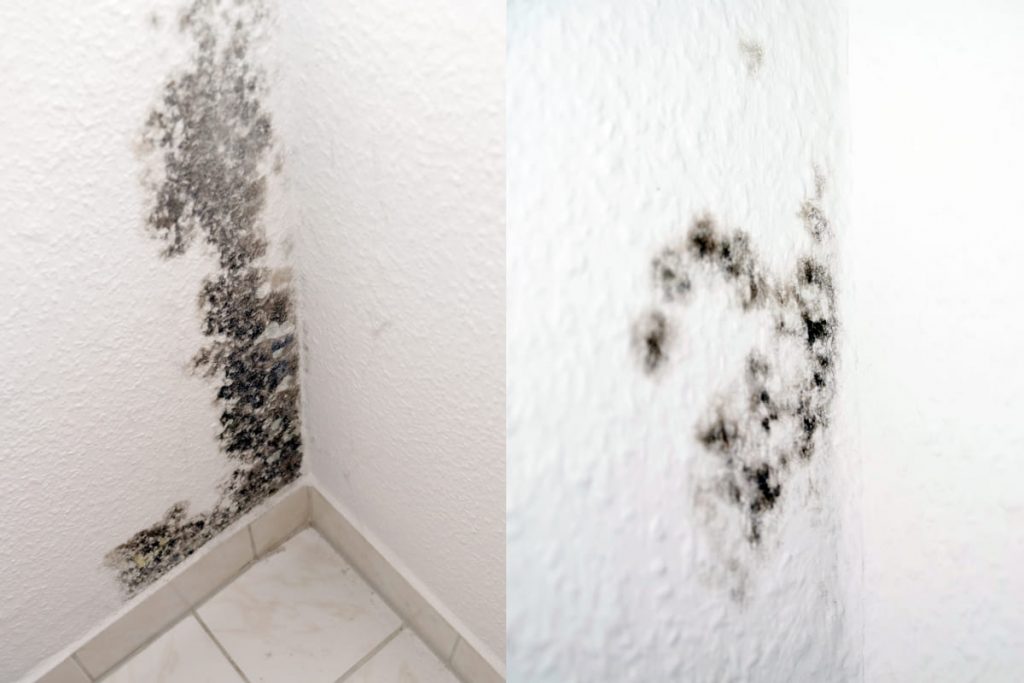
Fungi can cause health problems to both humans and animals by several different biological mechanisms: infections, allergic or hypersensitivity reactions, irritant reactions, or toxic reactions—reported a 2004 University of Connecticut Health Center report
If exposed to elevated levels of indoor mold, some or many residents and workers can experience one or more of most common, mold health symptoms: allergies, asthma, bleeding lungs, breathing difficulties, cancer, central nervous system problems, recurring colds, chronic coughing, coughing up with blood, dandruff problems (chronic) that do not go away despite use of anti-dandruff shampoos, dermatitis, skin rashes, diarrhea, and/or;
Eye and vision problems, fatigue (chronic, excessive, or continued) and/or general malaise, flu symptoms (chronic), sudden hair loss, headaches, hemorrhagic pneumonitis, hives, hypersensitivity pneumonitis, irritability, itching (of the nose, mouth, eyes, throat, skin or any other area), kidney failure, learning difficulties or mental dysfunction or personality changes, memory loss or memory difficulties; and/or
Open skin sores and lacerations, peripheral nervous system effects, redness of the sclera (white of your eyes), runny nose (rhinitis) or thick, green slime coming out of nose (from sinus cavities), seizures, sinus congestion, sinus problems, and chronic sinusitis, skin redness, sleep disorders, sneezing fits, sore throat, tremors (shaking), verbal dysfunction (trouble in speaking), vertigo (feelings of dizziness, lightheadedness, faintness and unsteadiness), and vomiting.


